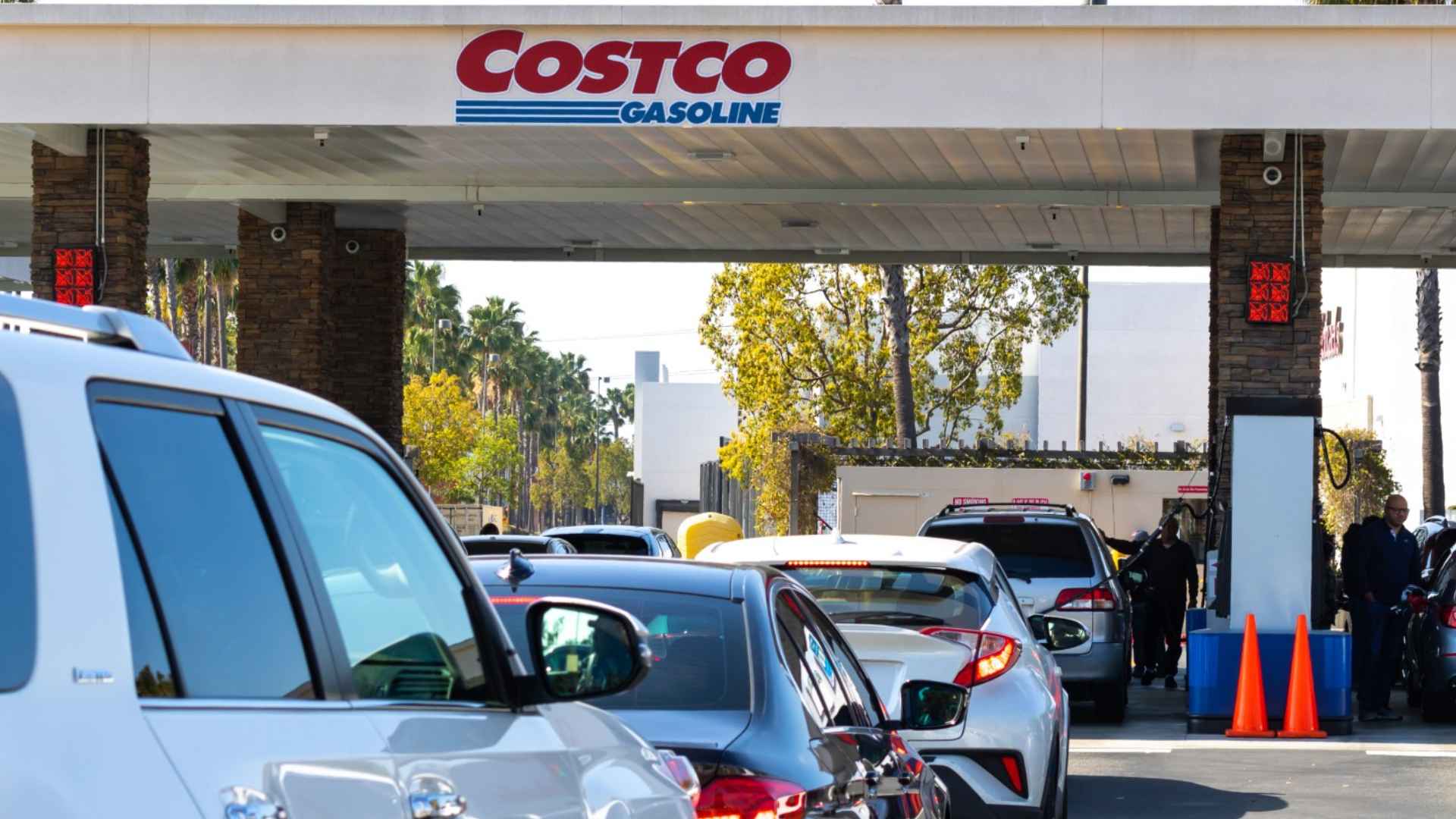A surprising move for some, but for these retail heavyweights, it’s a calculated strategy designed to keep customers close and boost convenience. With electric vehicles still not dominating the roads, fuel remains a lucrative business—and these stores aren’t missing a beat.
The idea of fueling up while grabbing groceries may sound odd to some, but it’s rapidly becoming the new normal. Walmart recently confirmed over 45 new gas stations throughout the country, while Costco is extending operating hours at its members-only pumps. Meanwhile, Dollar General is testing gas stations in southern states. If you’re thinking, “Weren’t we going electric soon?” you’re not alone.
Walmart, Costco, and Dollar General accelerate their move into the growing fuel industry
For these big brands, gas is more than just a revenue stream. It’s a hook that pulls shoppers through their doors. Walmart, for instance, already has more than 450 proprietary stations and offers discounts of up to 10 cents per gallon for Walmart+ subscribers.
Costco’s gas stations account for about 12% of its total sales, and extended hours allow members to fill up late into the night. Dollar General, known for its budget-friendly approach, sees potential in offering cheap fuel alongside daily essentials.
Discover how these retail giants are adapting to the shifting energy landscape
One question naturally arises: What about the move toward electric vehicles? Although many experts envision an all-electric future, today’s infrastructure isn’t prepared for a complete transition. Until charging stations become as plentiful as gas pumps, retailers are betting on conventional fuel to retain shopper loyalty. Here’s a quick breakdown of how these companies are expanding their fuel footprint:
| Retailer | Number of Gas Stations | Key Strategy |
|---|---|---|
| Walmart | 450+ | Low prices and loyalty program discounts |
| Costco | Significant presence | Members-only stations with extended hours |
| Dollar General | Pilot phase | Testing fuel service in select locations |
Remember, each is tailoring its approach to remain cost-effective, convenient, and relevant to the needs of everyday shoppers. Is this a stopgap solution before we fully embrace electric cars, or a long-term plan that adapts to consumer realities?
If you’re wondering how tariffs and inflation factor into this, think of it as diversification. By offering fuel, these retailers hope to cushion potential drops in revenue due to shifting trade policies and economic pressures. This way, they can retain customers who might otherwise shop elsewhere.
In the end, the possibility of converting these gas stations into electric charging hubs remains on the table. Some experts say it could be a logical step when the charging infrastructure finally catches up. Until that day arrives, why not fill your cart and your tank in one go?
Have you tried fueling up at any of these stores yet? It might be easier than juggling multiple stops around town.

